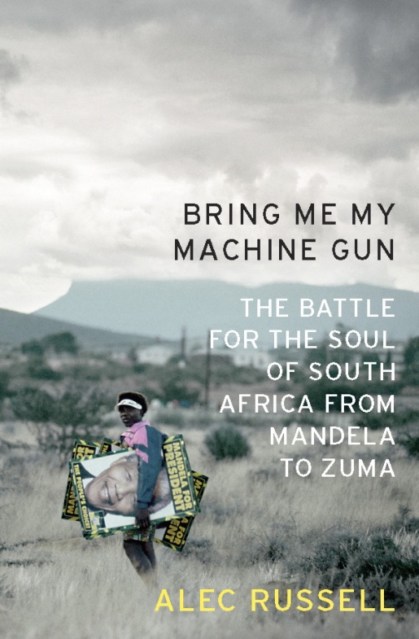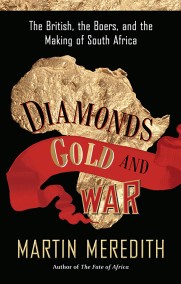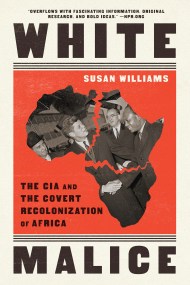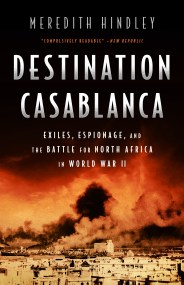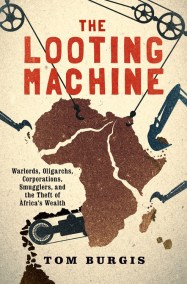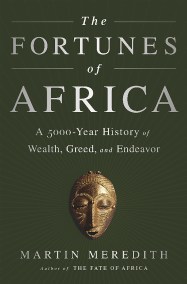Bring Me My Machine Gun
The Battle for the Soul of South Africa, from Mandela to Zuma
Contributors
By Alec Russell
Formats and Prices
Price
$17.99Price
$22.99 CADFormat
Format:
- ebook $17.99 $22.99 CAD
- Hardcover $39.00 $49.00 CAD
This item is a preorder. Your payment method will be charged immediately, and the product is expected to ship on or around April 14, 2009. This date is subject to change due to shipping delays beyond our control.
Also available from:
Drawing on his long relationships with all the key senior figures including Mandela, Mbeki, Desmond Tutu, and Zuma, and a host of South Africans he has known over the years — including former activists turned billionaires and reactionary Boers — Alec Russell’s Bring Me My Machine Gun is a beautifully told and expertly researched account of South Africa’s great tragedy: the tragedy of hope unfulfilled.
Genre:
- On Sale
- Apr 14, 2009
- Page Count
- 336 pages
- Publisher
- PublicAffairs
- ISBN-13
- 9780786741472
Newsletter Signup
By clicking ‘Sign Up,’ I acknowledge that I have read and agree to Hachette Book Group’s Privacy Policy and Terms of Use
